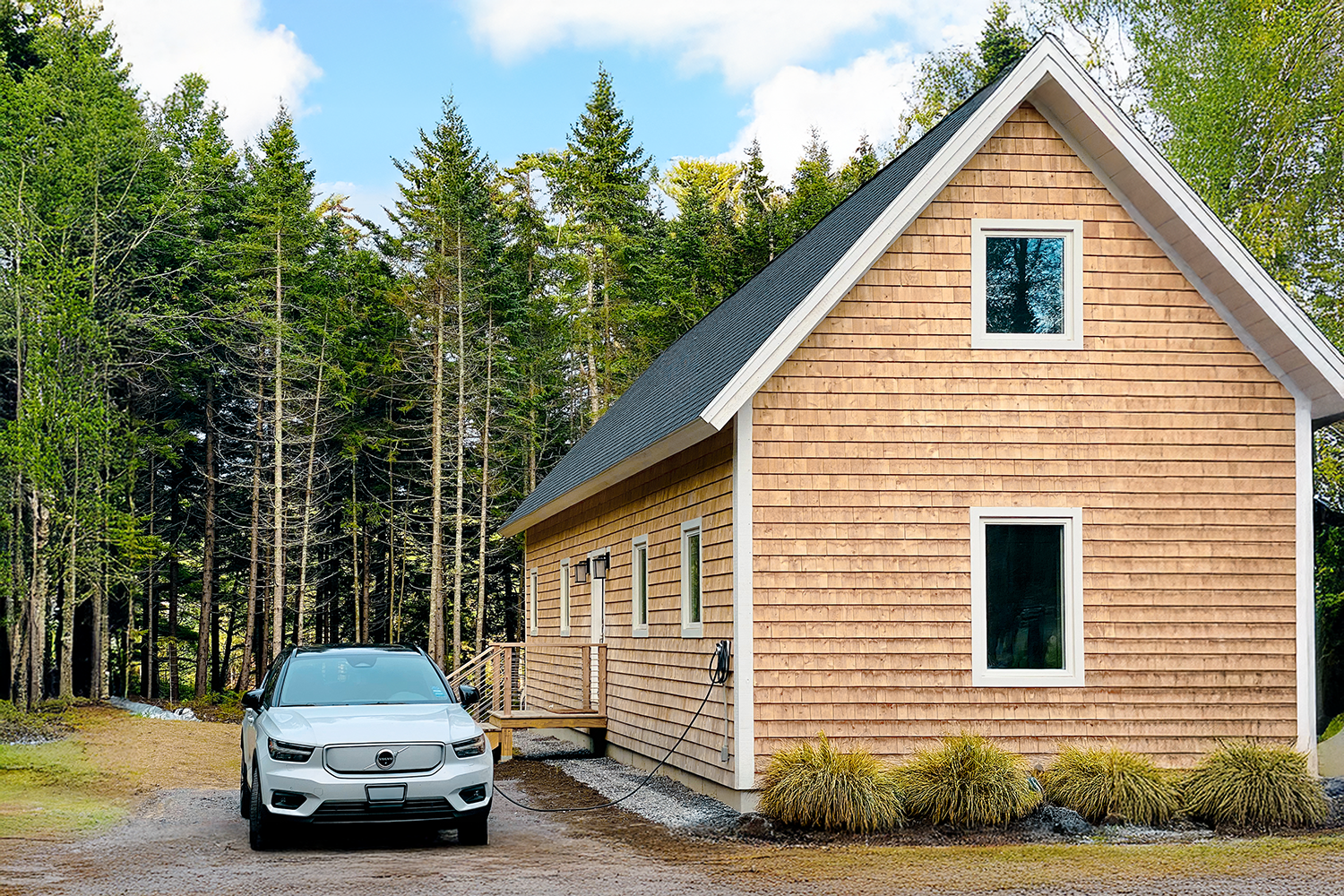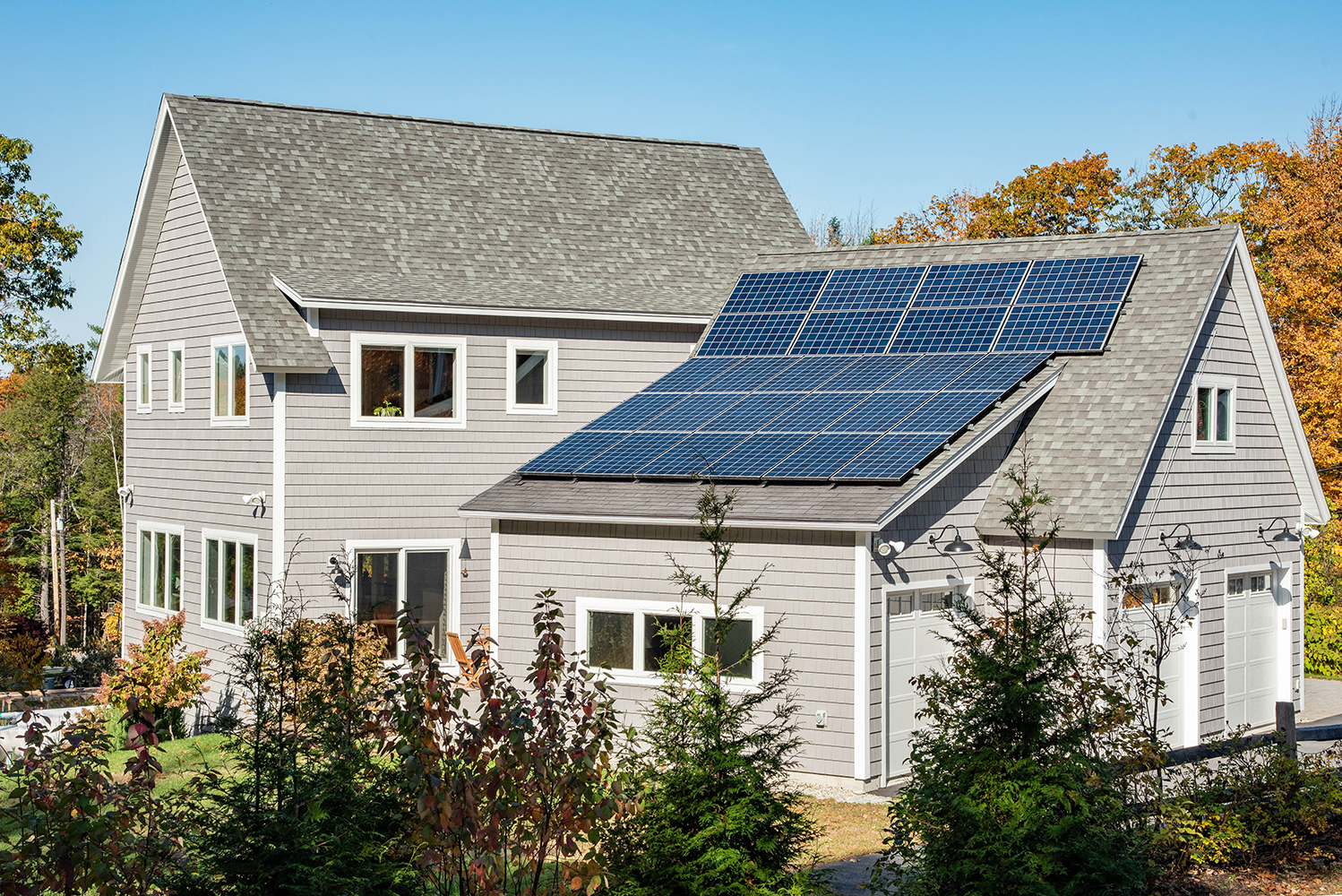Building Science 101: Future planning your home's electric loads
PHOTO COURTESY OF BRIGHT BUILT HOME
By Parlin Meyer
In the world of high-performance homes, electricity is queen. How so? Because with renewable energy, we have the power within our own homes to generate all the electricity we need and consume what’s necessary to keep our families warm, cool, clean and fed. We can, simply, achieve energy independence through clean sources.
For a successful energy transition, we’ll want to ensure we have the capacity within the household infrastructure to support it all: heating, cooling, cooking, indoor air, hot water and vehicle charging.
A century ago, U.S. homes were equipped with, maybe, 30 amps of plug-fuse-interrupted power: enough to minimally support lighting and some plug loads. Cooking and heating typically used fossil fuels, cooling was non-existent, the potential primary appliance loads on a home were small, and countertop appliances were not yet prevalent. As modern conveniences evolved, so too did the amperage in our homes. By the 1950s, the plug fuse capacity had grown to 60 amps, and by the mid-’60s, circuit breaker panels were introduced.
Circuit breaker panels gave us an easier mechanism for addressing overages while also expanding a house’s amperage capacity nearly two-fold to the 100-amp panel found in most late 20th-century homes. Today, we start with 200-amp panels as the code standard.
To keep all things in balance electrically—that is, to get to net-zero—we feed the grid with solar power and draw what we need for the operation of our homes. The 200-amp panel is still sufficient for the typical electrical loads in a modern-day home, but when planning for potentially higher future electricity usage, there’s merit in either increasing the panel size (particularly for those building new) or integrating technology such as smart panels to gate and facilitate organized consumption so as not to overload breaker panels (a good way to adapt an existing system).
PHOTO: CHRIS SMITH
Starting with an audit of your current or projected use can help you better understand whether a panel upgrade or gated approach could be warranted for your home. If you want to really nerd out, you can run the math on individual electric consumers in your home to better understand which items may be bigger electron hogs. To determine the amperage a given item draws, the formula is Amps = Watts ÅÄ Volts. Find the wattage rating (look it up on the label or in the user manual), plug in the voltage at which it operates, run the math, and you will have your amp draw.
Consider, for example, the electric load of simultaneously running a standard electric dryer (20–30 amps), heating hot water (15–50 amps), cooking on an electric stove (40–50 amps), and charging an electric car on a Level 2 charger (32-48 amps). These four functions alone draw up to a combined 170+ amps of power, not leaving much for incidentals like coffee makers, treadmills, lighting and outlets.
With new homes today, it’s not uncommon to see homeowners freeing up their electrical constraints by upgrading to a 400-amp capacity (informed in part by the availability of the 200-amp standard panel size due to code). This panel is certainly oversized for most households, but it can offer peace of mind that all systems have the ability to run simultaneously with breathing room for future advancements and needs.
Modern improvements to the consumption of individual point sources such as light emitting diode (LED) lighting, energy-efficient appliances, and heat-pump technology have helped maintain an equilibrium between the number of items drawing power and the individual power demands of each. In a world where advancements keep coming and demands continue to increase, it’s good for us to continue to consider how best to set up home electrical infrastructure for success.
All of this is to say, we currently have the power to be in stasis with our increasing demands, including growing work-fromhome needs, and technological advancements. But stasis alone may be good for now but not ample for later. To best inform what path is right for you and your energy-efficient—or even net-zero—home, consider what best suits your household now while you also plan for potential future needs.
This article appeared in the Fall 2025 edition of Green & Healthy Maine HOMES. Subscribe today!
Find Maine experts that specialize in healthy, efficient homes in the Green Homes Business Directory.



